A place called Holy Island has gotta be pretty, well, holy, right?!
In the case of Holy Island and Lindisfarne, it certainly lives up to its name. But irrespective of your religious beliefs, this sacred ground, which can be found in Northumberland (near the Scotland/England border), provides ample reasons why it should be on your bucket list when visiting the area. Let’s find out why.

Holy Island and Lindisfarne: Tide Times and More
The Scottish and English shores are dotted with many delightful islands, all with their own unique charm and fascinating history.
Although there are textbook places in the world that are rich with religious history and lore, such as Jerusalum, England also has a prolific past when it comes to all things holy, and understandably Holy Island is one of them.
Where is Holy Island?
Holy Island, AKA, Lindisfarne is a coastal island off the shore of Northumberland, just south of the Eastern Scottish border and its known historical relevance dates all the way back to the 6th century AD.
Although the island was subject to Viking invasions in the 11th century, which saw much damage incurred (particularly to the island’s famous monastery), this didn’t deter the holy practitioners of Lindisfarne, and once restorations were completed after the dust of the invasion had settled, the island continued to be a well-loved and well-sought-after place of worship.
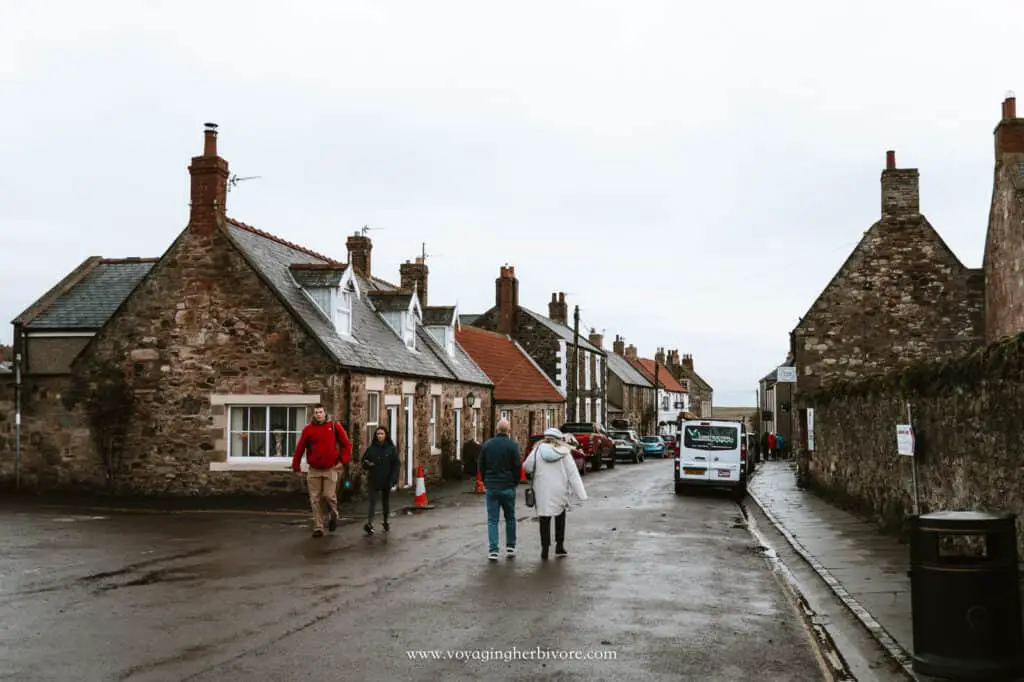
Where is Lindisfarne?
It’s a tad confusing to the non-native, but Lindisfarne and Holy Island are the same place. ‘Lindisfarne’ is its technical geographic name. ‘Holy Island’ is more of a nickname. The area/parish of Lindisfarne/Holy Island is Berwick-upon-Tweed in Northumberland.
History
The Holy Island of Lindisfarne, as it’s most commonly known, has, like so many places in England, a vast and colourful history.
Accessible via car from the mainland when the tide is low, owing to its causeway, Lindisfarne is considered one of the holiest lands in the UK, and was founded in the 6th century by St. Aidan, an Irish monk, who had previously been practising on the Hebridean island of Iona (another location with a huge religious connection), and who is now largely regarded as the individual who converted the Northumbrian populace to Christianity.
Aidan then went on to found the Lindisfarne monastery, which is now arguably one of the most famous aspects of the island and appointed himself abbot and bishop. Aidan financially prospered during his time at the monastery, despite monks’ obligation to take a vow of poverty, which garnered the attention of 8th-century Viking raiders/explorers, who took refuge there, but did not return until four centuries later (and with a more volatile agenda).
After the Dissolution of the Monasteries in 1537, the Lindisfarne Monastery began to fall into disuse and disrepair. Despite this, you can still pay a visit to the fascinating ruins of the priory.
Fast-forward almost 600 years and the Holy Island of Lindisfarne is a busy, bustling community, loved by Christians and Atheists alike. Despite being rather small, even as islands go, the Holy Island draws in tourists who love to visit the Lindisfarne Priory, Lindisfarne Castle, the harbour, and the smattering of quaint shops and cafés.
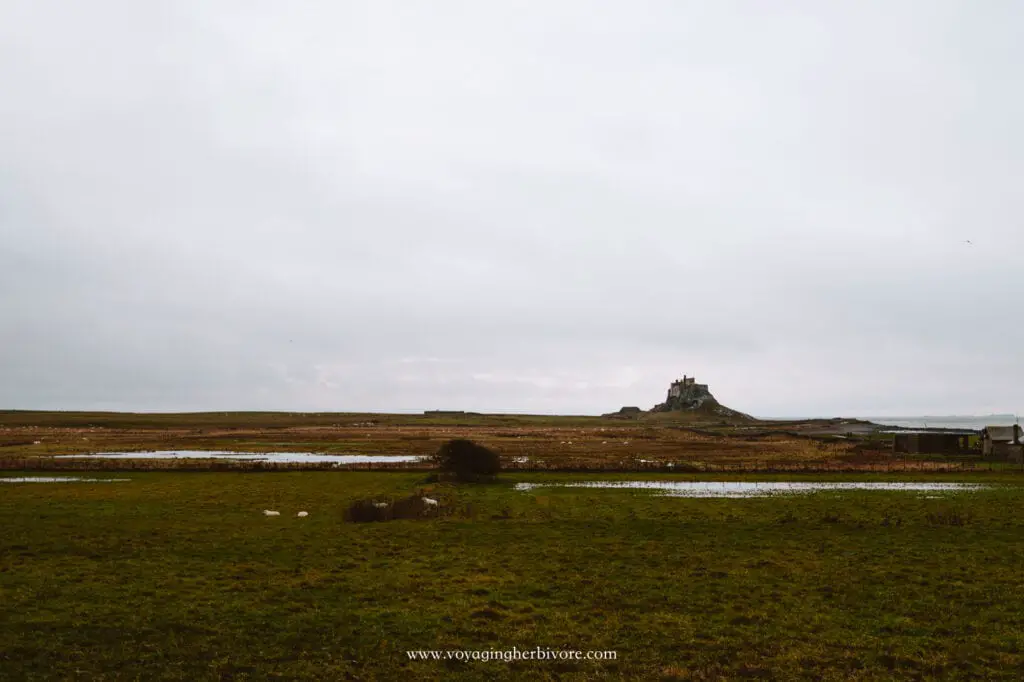
Causeway Holy Island
As we mentioned earlier, unlike most islands, Lindisfarne is accessible from the mainland by car, as well as boat – but only sometimes!
The island is connected to the Northumberland mainland by what’s known as a causeway, and when the tide is out/low, visitors can make the short pilgrimage to the island by car, which can make an extremely pleasant summer afternoon, particularly for those who enjoy bird spotting the local winged natives, such as gannets, sea eagles, and of course – Atlantic puffins.
In the interest of safety, it is imperative that visitors adhere to the outlined crossing times when heading onto the island, as well as exiting it.
English Heritage
Many ancient locations in the UK are under the care and protection of the English Heritage, and Lindisfarne Priory is one of them, and as with all English Heritage sites, you will need a membership/to book tickets in order to visit.
As well as Lindisfarne Priory, other English Heritage sites you can visit on the island include the museum and the monument to St. Cuthbert.
Lindisfarne Castle
The UK is rife with many epic castles, some of which are in a ruined state, and some of which are still functioning and owned by the present members of its original bloodline.
Lindisfarne has its very own castle, which is always a popular hotspot for tourists and natives alike, and it sits atop a grassy hill that overlooks the moody North Sea (just like in a fairytale!).
Lindisfarne Castle dates back to the 16th century and became something of a fort during the relentless Viking invasions, then later became a prominent Royal army base during times of civil unrest between England and Scotland.
When the dust of that tension settled, Lindisfarne Castle became a lookout point for the coastguard, and from the early 19th century onwards, a popular tourist attraction.
Present day Lindisfarne Castle is fully restored and well-kept, with a two-year period of being closed to the public for major renovations (from 2016 – 2018). It has also been a popular filming location and has featured in productions such as Cul-De-Sac, The Scarlet Pimpernel, and Wolfblood.
Lindisfarne Priory
We’ve touched briefly on the Priory already, but to dig a little deeper into this ancient and fascinating building would allow us to follow the footsteps of the primitive monks who built the priory over one thousand years ago.
Although the Priory is in ruins, the remnants of the impressive stonemasonry, as well as the many artefacts in the museum, paint a vivid picture of why this little dot on the English map is considered so holy, as well as providing some pretty spectacular coastal views.

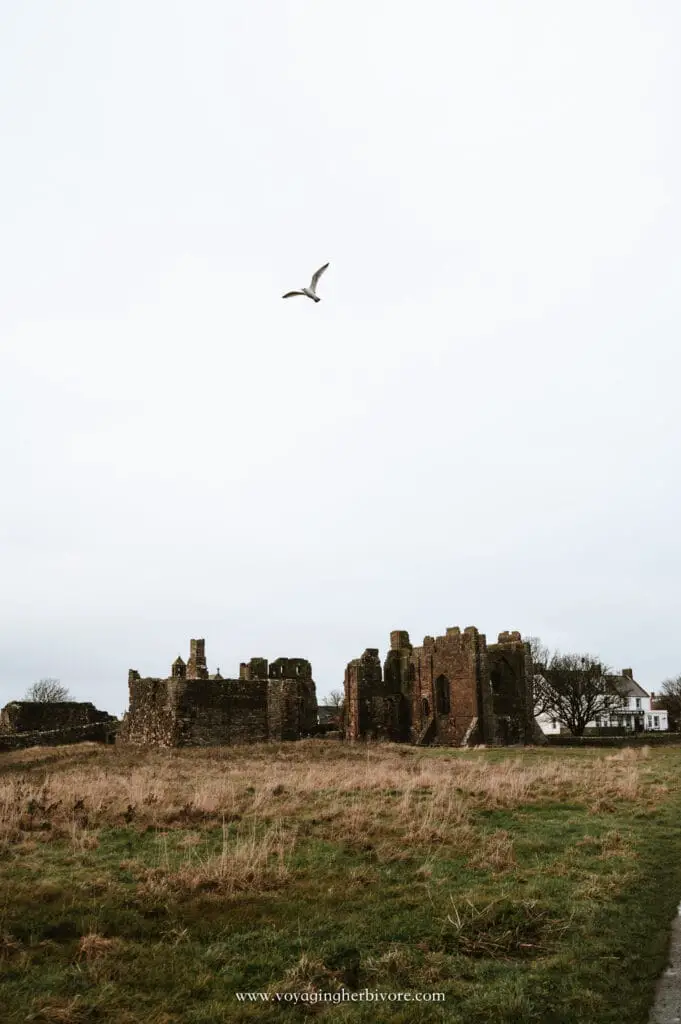
Holy Island Tidal Times
If you only do one thing in your preparation to visit the Holy Island of Lindisfarne, make sure it’s familiarising yourself with the island’s tidal times.
The quickest and easiest way to reach the island from the mainland is via car (the causeway is roughly 3 miles long), and there is no airport on the island, so those coming from overseas will need to land in nearby Edinburgh or Newcastle.
Make sure you plan your journey in accordance with the tidal times, giving a 30-minute window to compensate for varying weather conditions. Timetable information can be found here.
Staying on the Island
If you’re planning on spending a few days on this delightful island, here are some of the accommodation options available:
Eden Cottage
Located on the appropriately-named Paradise Row, this Holy Island accommodation is light an airey, but with an old-school cosy farmhouse charm to it. You get to take full advantage of this two-storey property, which comes with the cutest little garden, and has everything you need at your fingertips.
Also included:
- Entire home
- Washing machine
- Free WiFi
- Private bathroom (with a walk-in shower)
- Central heating
- Fireplace
- Flat-screen TV w/streaming services
- Linen, towels, & hairdryer


Manor House Hotel
The outside of this property oozes countryside charm, while the inside is pure city glam and elegance. Manor House Hotel features a restaurant and bar, ideal for those preferring to veto the self-catering option, and is less than a mile away from Lindisfarne Castle.
Also included:
- Garden
- Free private parking
- Free WiFi
- Flat-screen TV
- Delicious breakfast
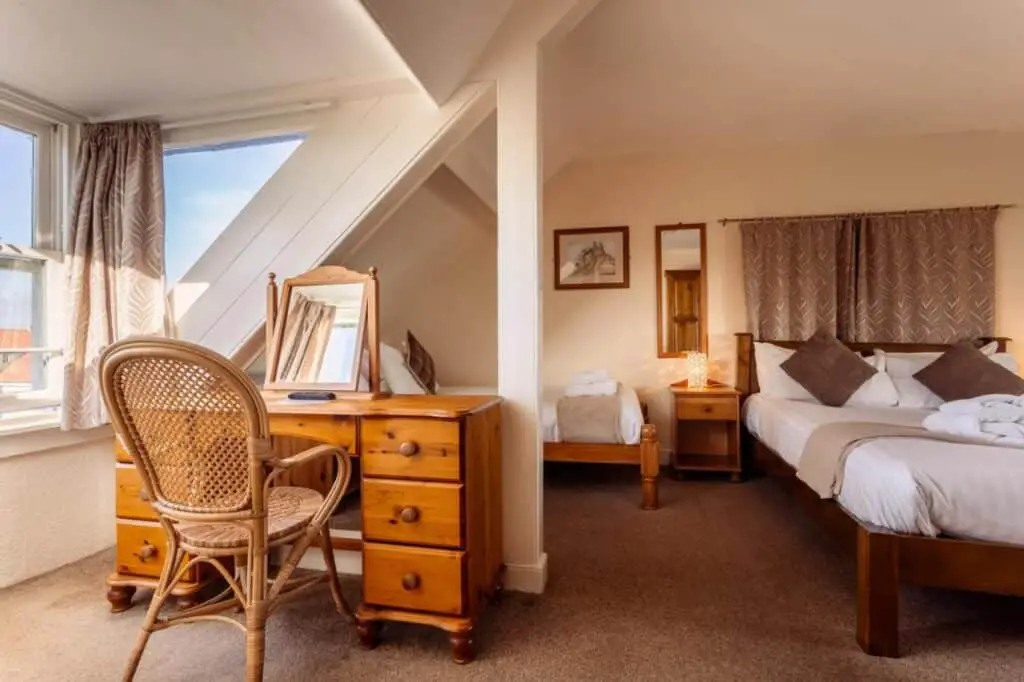
The Granary
Spacious, clean, and comfortable, The Granary is another delightful farmhouse-esque property that is quintessentially British in its charm and decor. Oh, and it comes with a sea view, just FYI!
Also included:
- Entire home
- Washing machine
- Free WiFi
- Private bathroom
- Heating
- Fully-equipped kitchen
- TV
- Towels & bedlinen
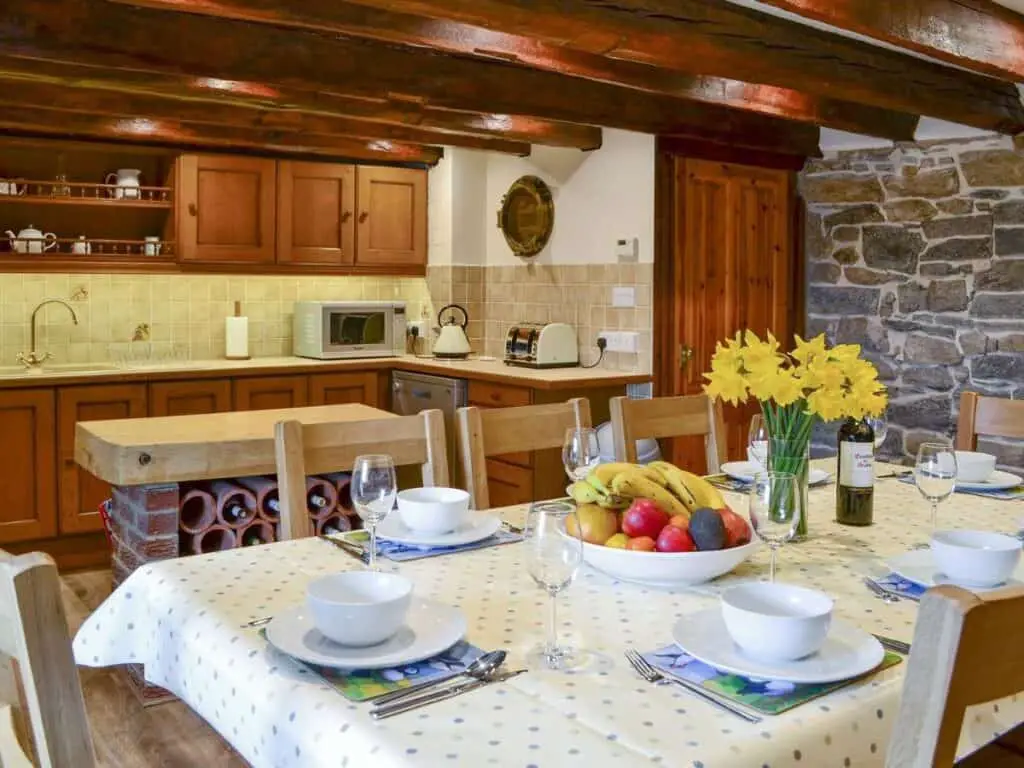
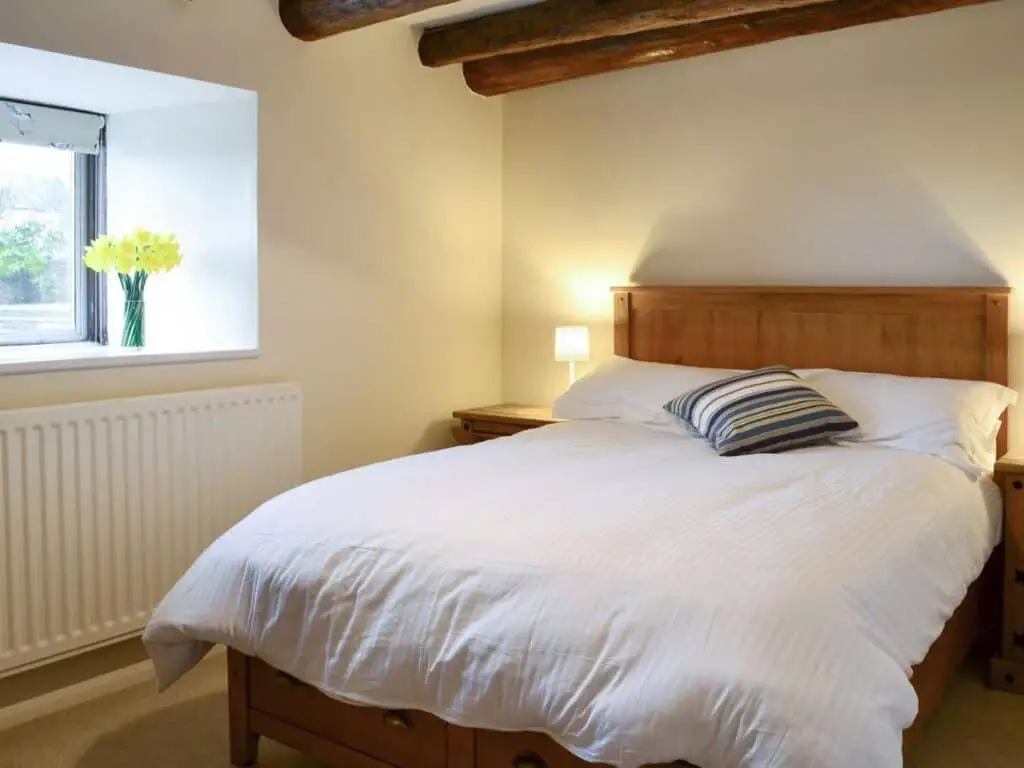
Curlew Cottage
The outside of this property is a charming brick affair that resembles fisherman cottages of yester-year, giving an authentic feel to your stay, but inside is all modern decor and is cosy AF.
Also included:
- Entire home
- Sea view
- Garden
- Washing machine
- Free WiFi
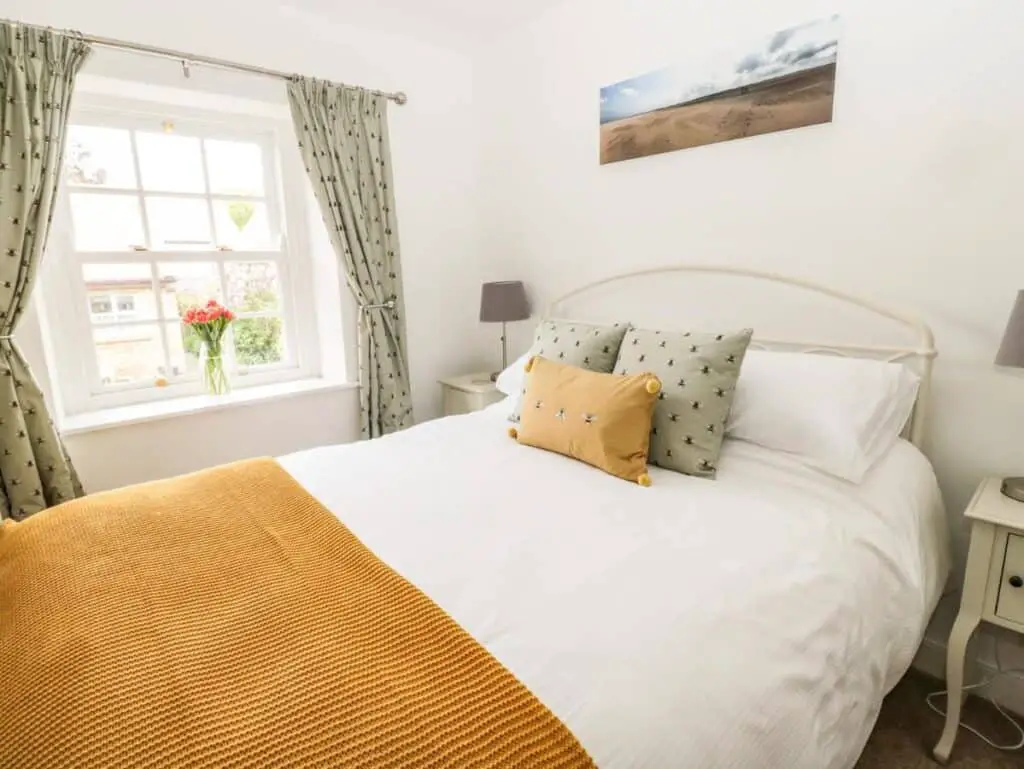
Holy Island and Lindisfarne FAQs
Yes, they are the same place. It became known as ‘Holy Island’ in 635 AD, when Irish monks settled and formed a monastery, and has since become known as the Christian ‘epicentre’ of England.
The origins of the name ‘Lindisfarne’ remain unclear. However, historians theorise that it may stem from the Old English word ‘fearena’, which loosely translates to ‘traveller’.
Scotland and England (particularly Christian establishments/areas) were primary targets for Viking raids, and the raid of the Lindisfarne monastery is largely signified as the beginning of the Viking Age of Europe.
As well as having significant Christian and Viking-related history, Lindisfarne’s bishops were closely linked to Northumbrian kings. The monks of the Lindisfarne monastery were guardians of the shrine of St. Cuthbert, which brought ‘great wealth’ to the church.
The unitary authority of Holy Island/Lindisfarne is Northumberland.
More UK Posts
- The Three Sisters Glencoe: A Guide
- 10 Best Waterfalls in Scotland for 2024 Adventures
- Hopetoun House: Outlander, History, & More
- Things to Do at Loch Lubnaig: Your 2024 Guide
- Best Places to Stay on the Isle of Skye: Our Top Picks
- Exploring Keiss Castle in Scotland: A Guide
Free Resources





And as always, you can find more sustainable travel content on Instagram @VoyagingHerbivore, Youtube, and TikTok and to get updates straight to your inbox, enter your email below.
If you found this guide helpful and want to help us keep these resources free,
please consider making your next Amazon, Expedia, Hostel World, Etsy, Trivago, and Booking.com purchase through our links (just click right on those words – you can do it right now and unless you clear your cookies before your next purchase, it will remember). It costs you no extra and gives us a small commission. Thank you!
Pin Holy Island and Lindisfarne
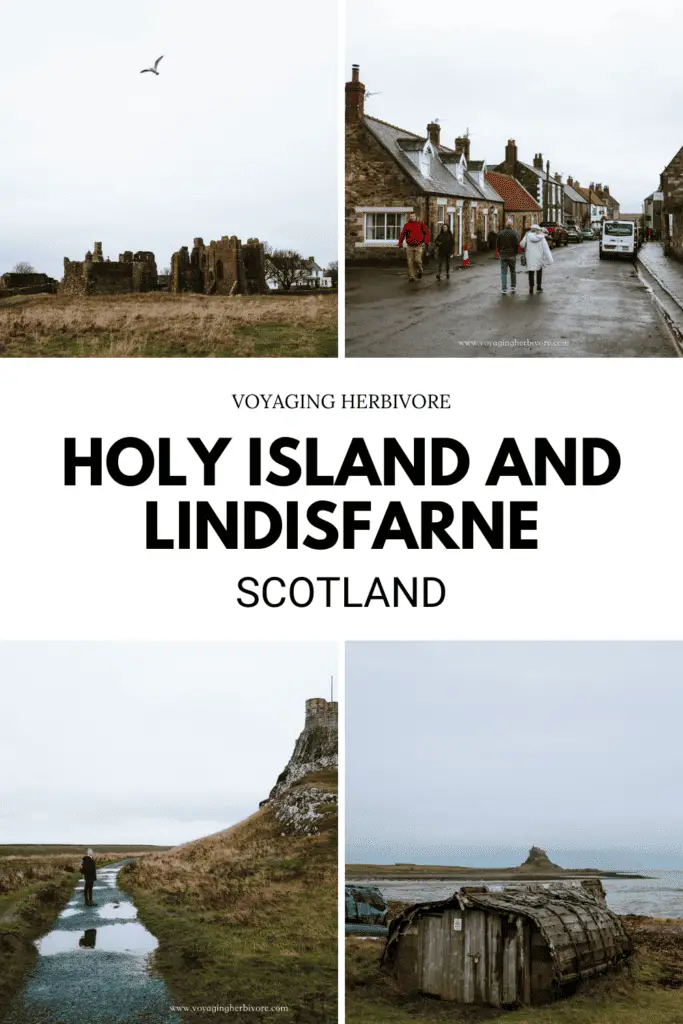










Leave a Reply